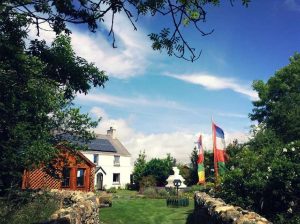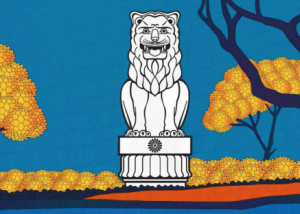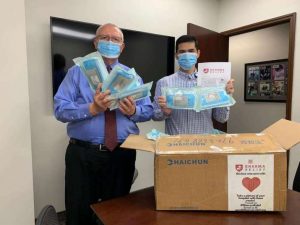photos by Joe Tymczyszyn
Photographer Joe Tymczyszyn is a retired aeronautical engineer and pilot, who acquired his first camera—a Kodak Brownie—in 1950. He has been devoted to photography ever since. Once he retired from work, he dedicated himself to capturing human beauty in unlikely places: female bodybuilding contests, cosplay conferences throughout Asia (ComiCons), tribal fusion belly dance performances, gay pride parades, and, remarkably, eight trips to photograph the beauty and beautiful people at ethnically Tibetan Buddhist New Year ceremonies.

2015. This photo was taken at a Tu Zu minority Buddhist monastery named Gonlong in a Tu Zu Autonomous County, which is just north of Xining, the capital of Qinghai Province. Most of the Buddhists who attended the Cham that day were of the Tu Zu minority, however, I can’t say if the girl herself was Tu Zu.
I was taking photos of some other people at the monastery during the Cham in this location, when a family walked in: father, mother, daughter, and I recall a grandmother. The daughter was stunningly beautiful. First I photographed the whole family together then just the daughter. I sent them the photos afterwards.
There was snow on the ground in the area, so she could be called a Snow Princess, but that’s a Western term.

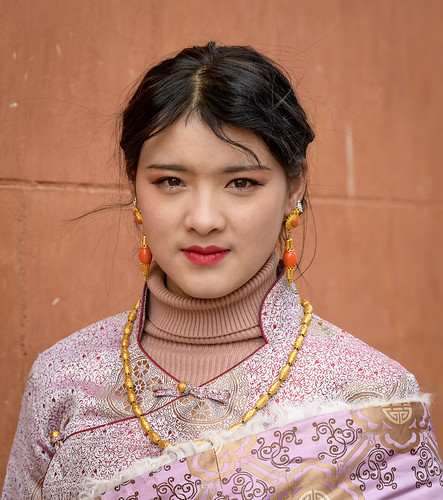
What was once the Tibetan province of Amdo, an historically significant region for the development of Vajrayana Buddhism, now forms part of the three Chinese provinces of Gansu, Qinghai, and Sichuan. Traveling with Canadian tour operators and Cham enthusiast Susan and William Trimble, Joe has visited Amdo eight times during the traditional Monlam, or New Year, festivities. These are great annual events, as much social as ritual.

2014. In a small village in Qinghai, rather remote, but near a monastery. This Muslim woman was in a Muslim food market selling meat and vegetables.
She was happy to talk with a foreigner who could speak Mandarin because there are so few foreigners that find their way to that village, and fewer yet speak Mandarin or go into a meat market. At first this girl was too shy to pose, but in the end she let me shoot. Beautiful eyes.
Since I was such a novelty, and there were few customers at that time of day, most of the shopkeepers had little to do but watch me, all in the friendliest way.
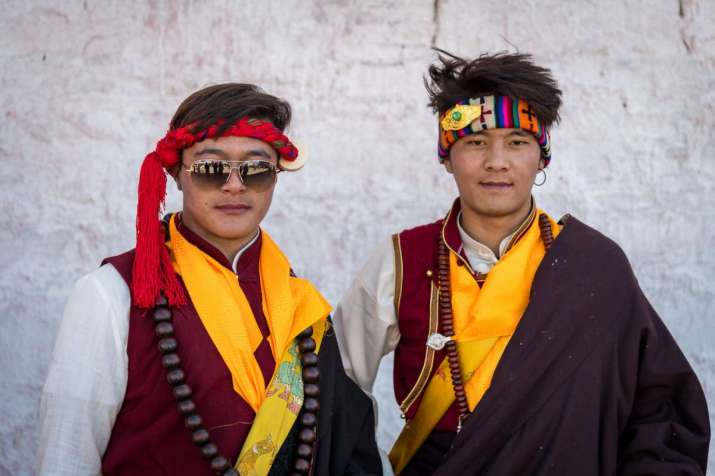
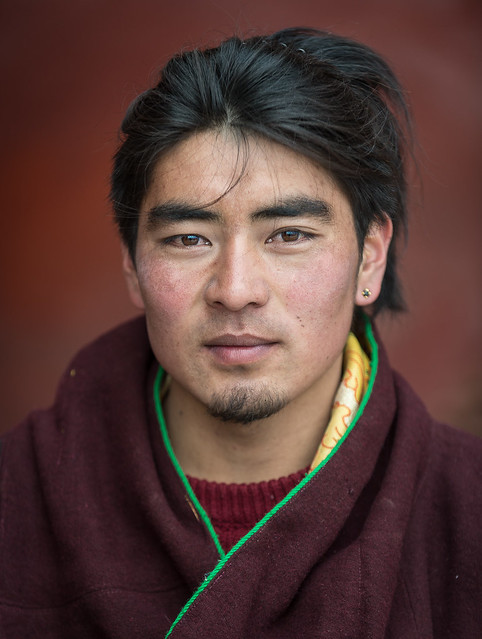
There are the Cham dances—which will be featured in this column next month—and there are the Buddhist faithful, for whom the Monlam festivals still continue, despite the very small number of foreign tourists and an increasing number of Han Chinese tourists. Seeing a Cham dance ceremony attended by mostly local people is becoming difficult to do in India and Bhutan. These opportunities, made possible by Susan and William Trimble, and artistically seized upon by Joe, are rare to find, and as such, these photos are quite special.
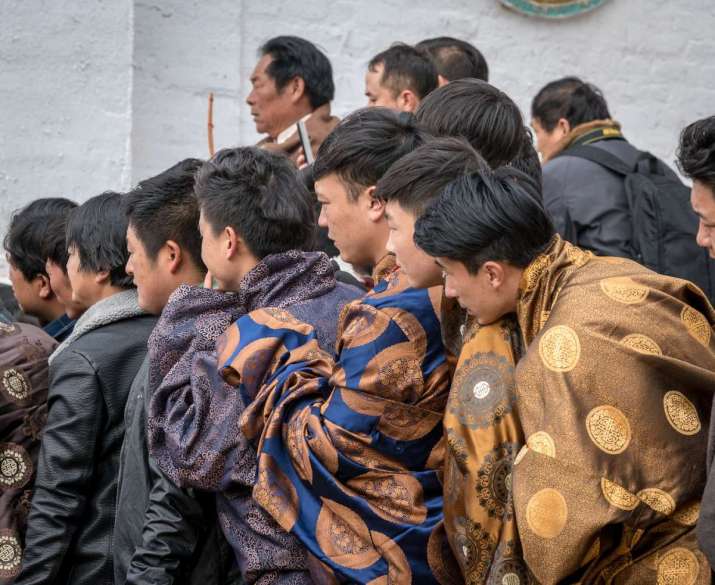
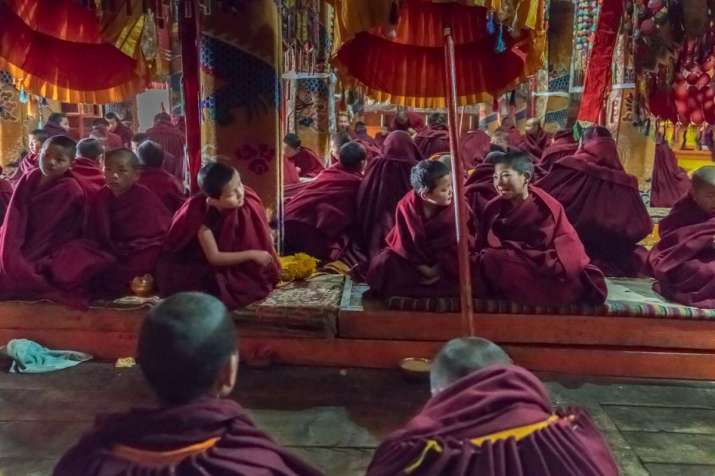
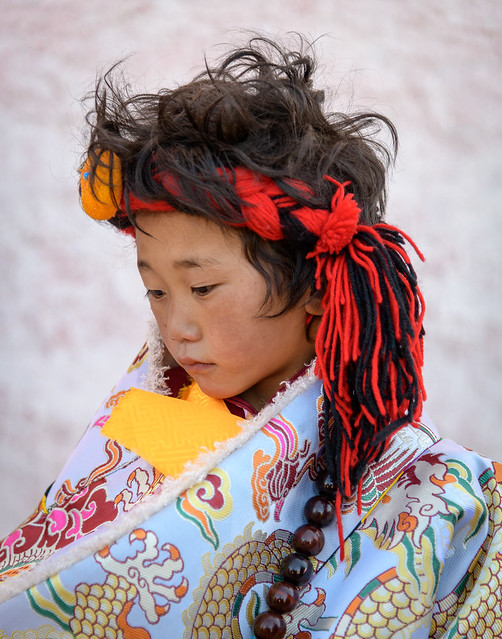
“I speak native English, plus Chinese and French, and enjoy traveling to places where I can talk with the people I photograph,” Joe explained. “I like to shoot photos of people. I talk with them before I shoot. I almost never take a shot of a person who I haven’t talked with and gained their agreement to let me shoot. They often ask me to send them a digital copy of the photo, and I do that.
“In the past I have mainly shot at events where everyone wants their picture to be taken, such as cosplay shows, bodybuilding contests, and parades. The Tibetan minority Buddhists at the monastery ceremonies normally agree to let me photograph them in their beautiful costumes. They are open and friendly people and happy to meet foreigners who can speak Mandarin. The costumes are beautiful. The women are beautiful. I’ve gone to Qinghai, Gansu, Sichuan, and the Tibet Autonomous Region eight times to do this.”


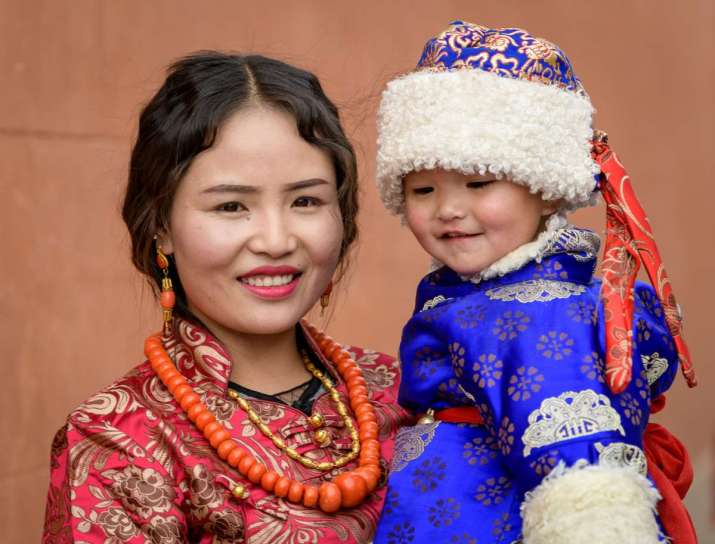
Of course, Amdo no longer exists as a political reality or a coherent culture. Calling it Tibet is like calling Pakistan “India” because you wish it was. Amdo now exists only in the memory and imagination. But the Tibetan faithful still exist, now often as a minority population among the millions of Han Chinese and many Hui Muslims who have migrated into these areas. This faith, the enduring family culture, remains for now, bereft of the feudal economy, religion, and politics that once gave it life. It is not common that a photographer of Joe’s skill focuses on the people of Chinese Tibet, and it is a pleasure to introduce his work to you here. Because these faces reflect the Buddhist faithful of all times, we have titled this portfolio of images, Candid Amdo. It includes captions by the photographer.
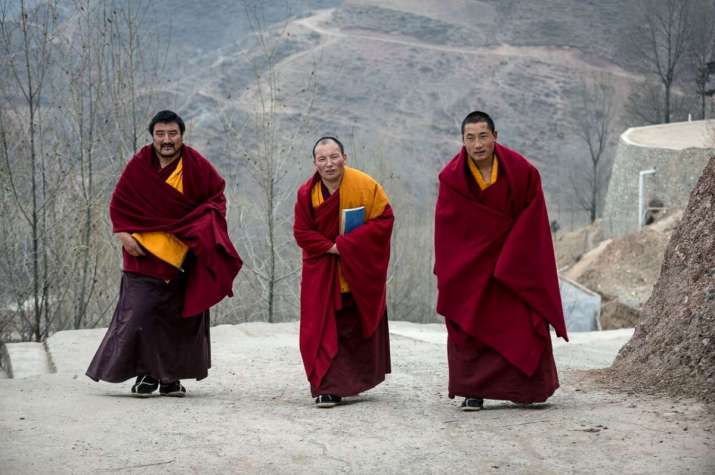
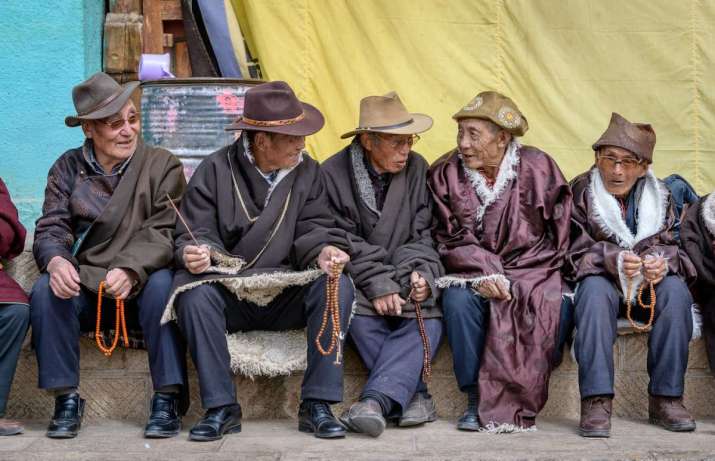

See more






